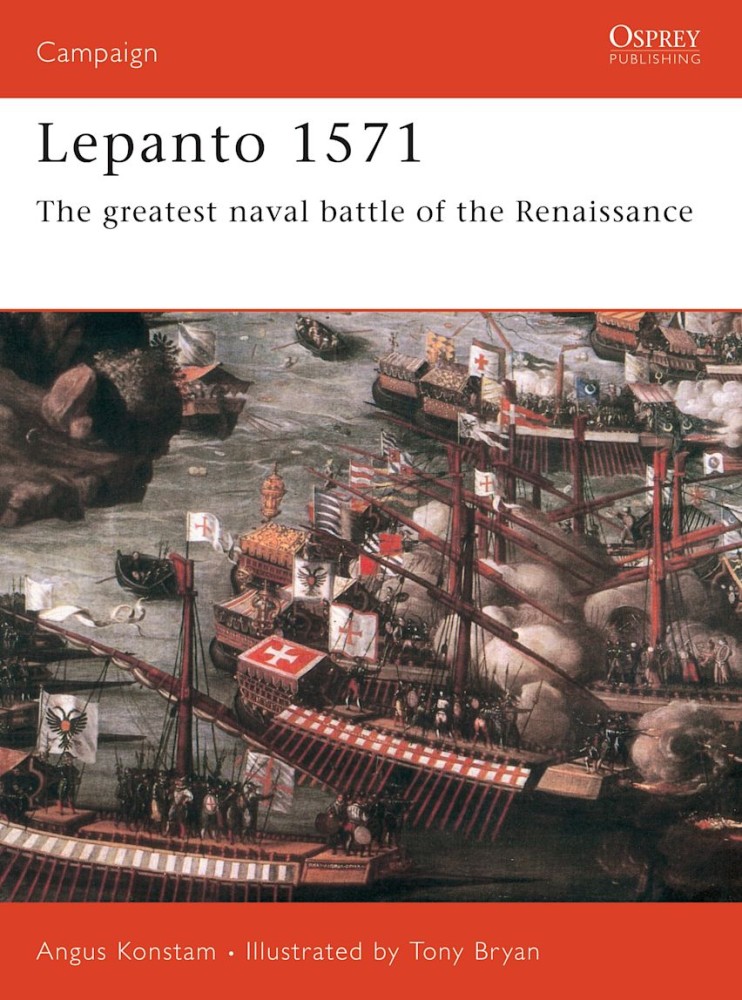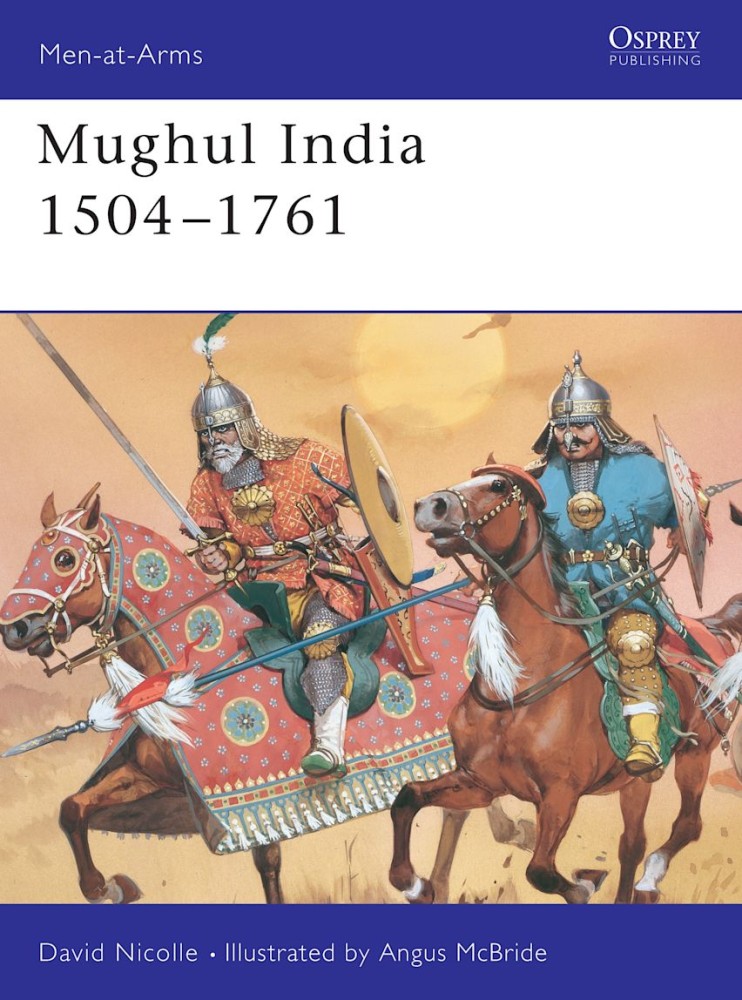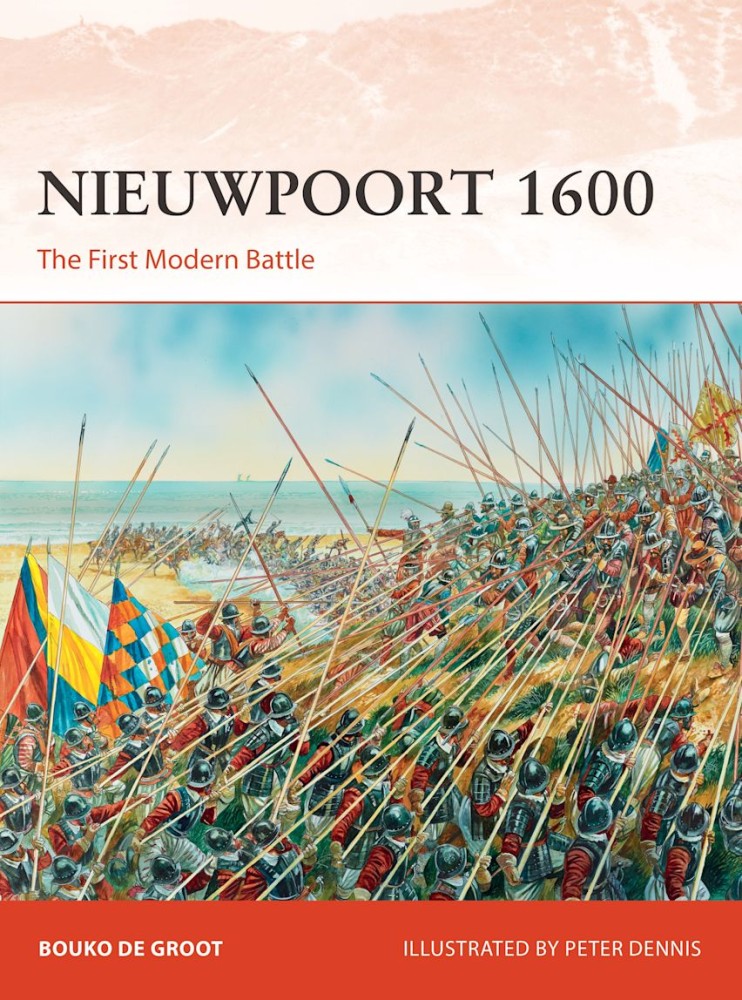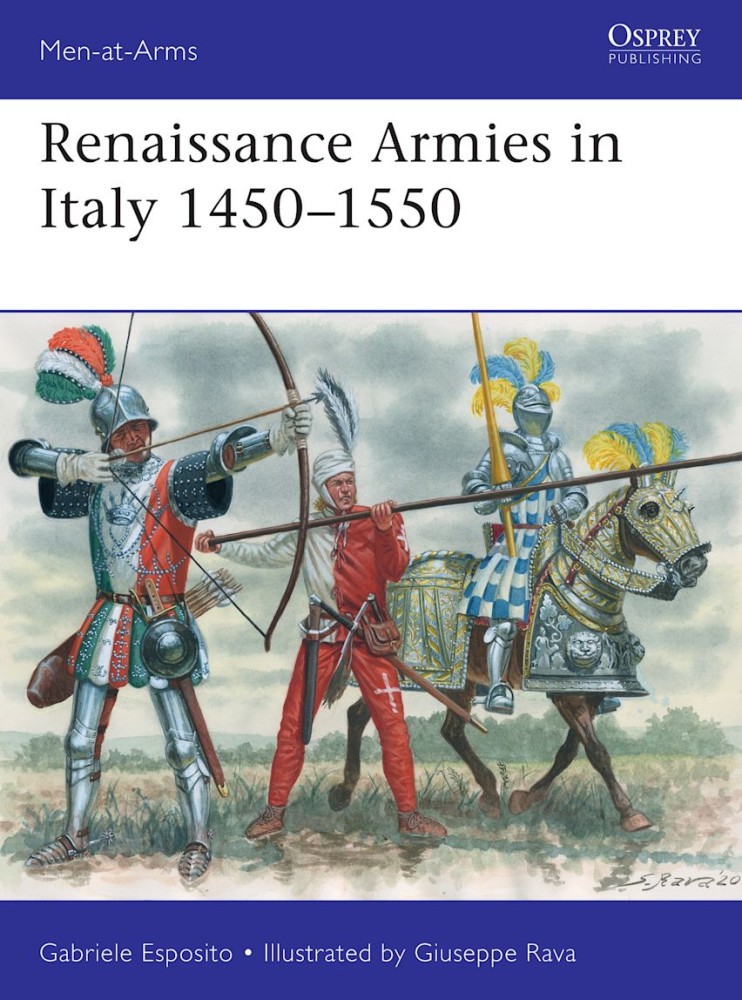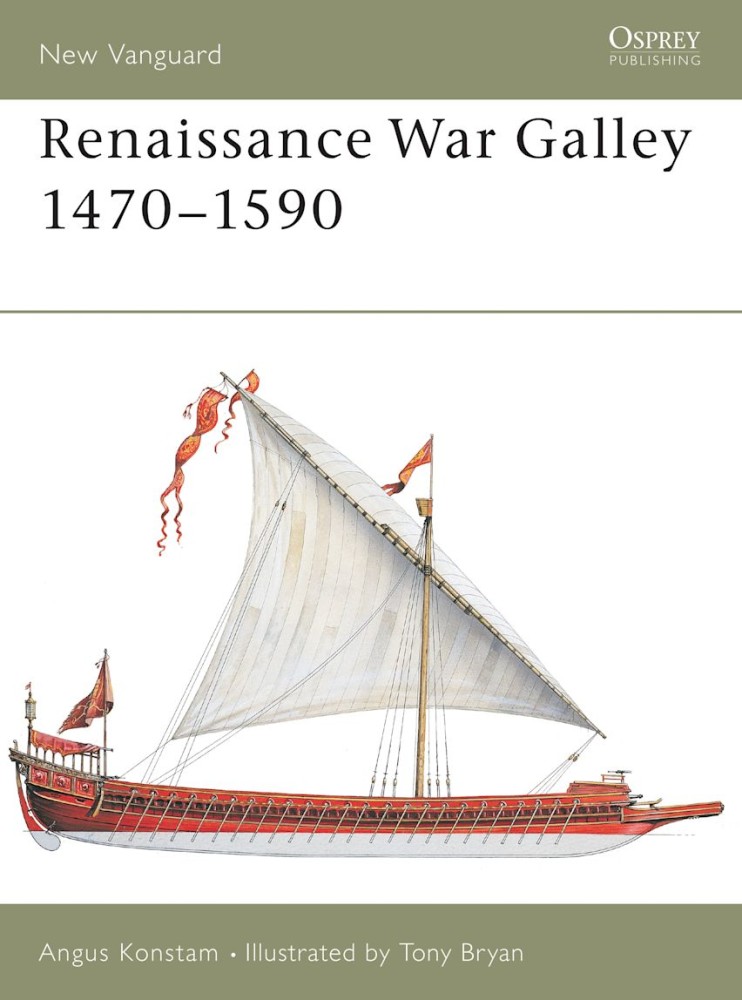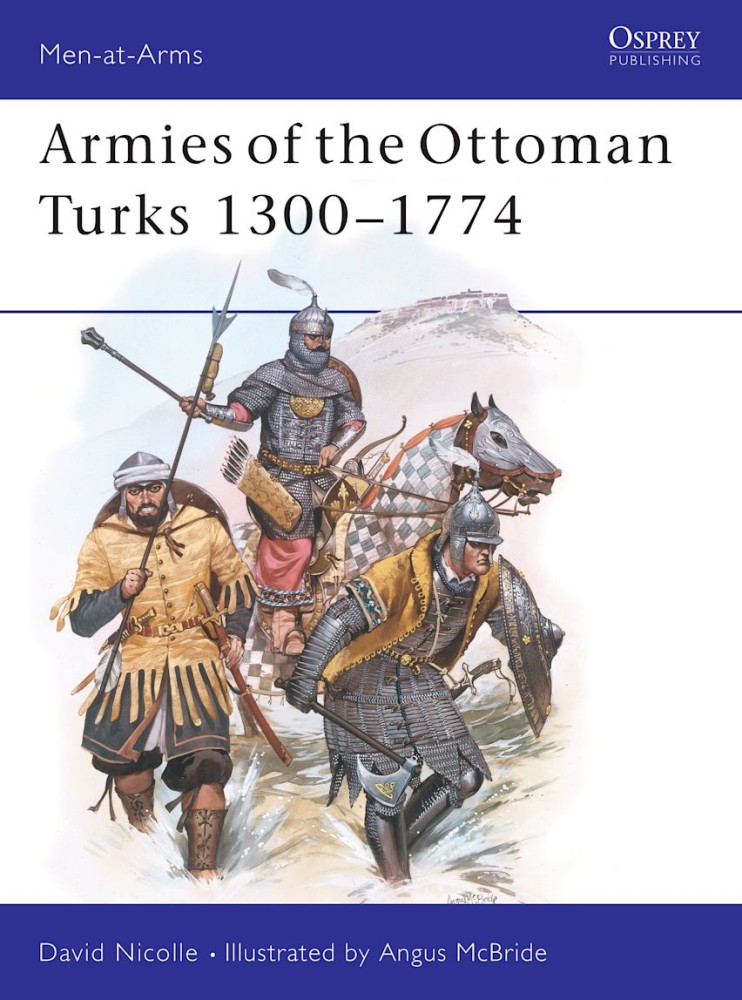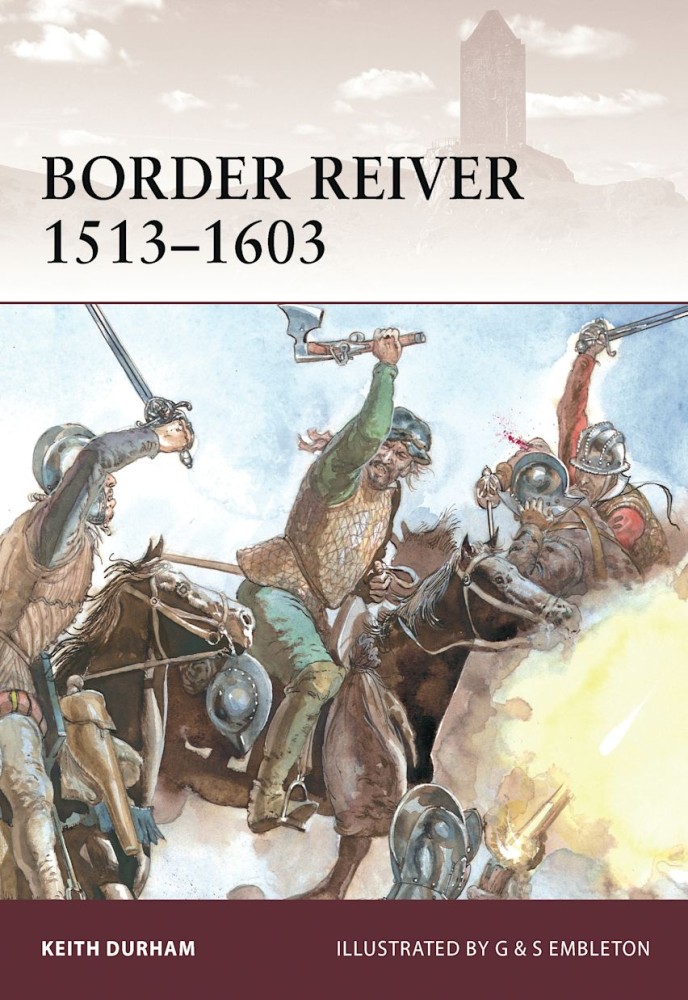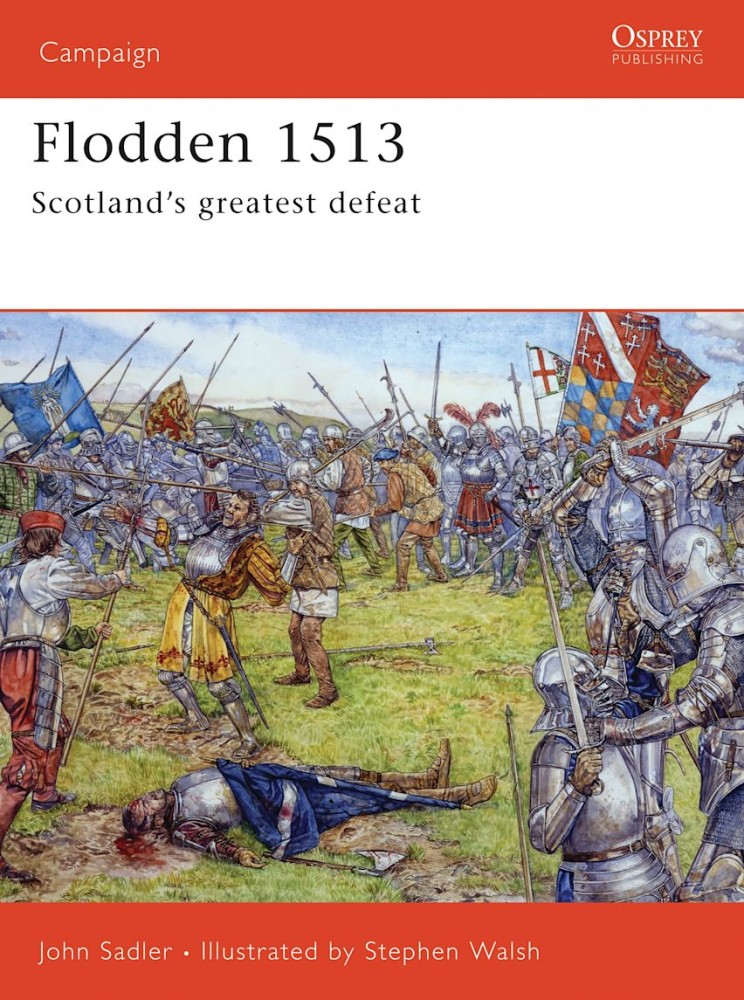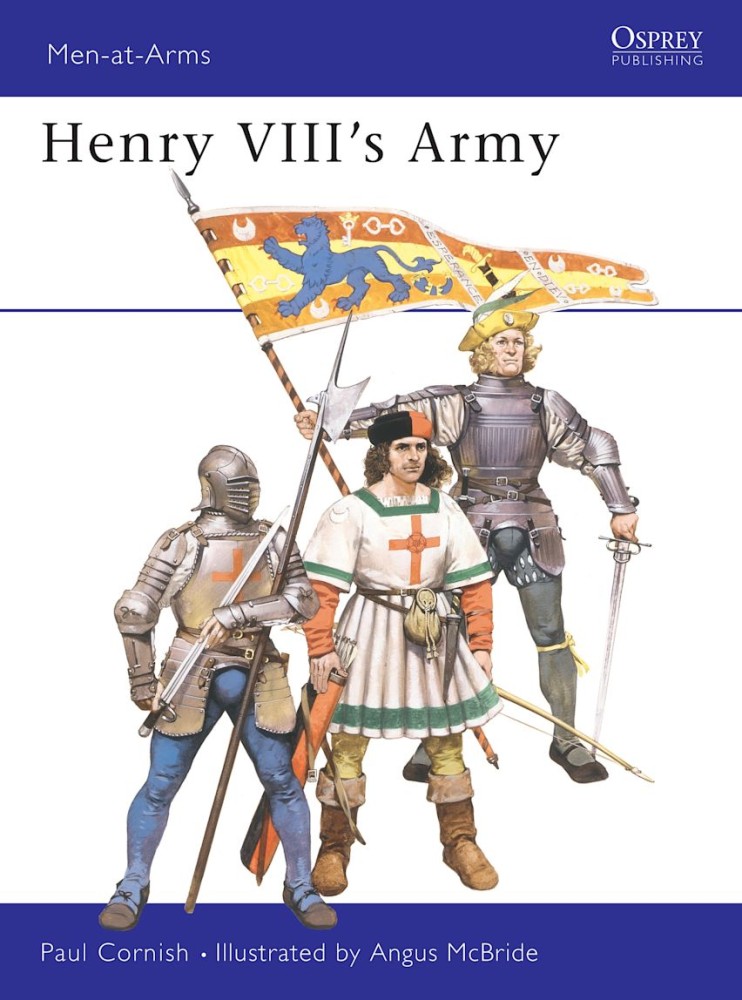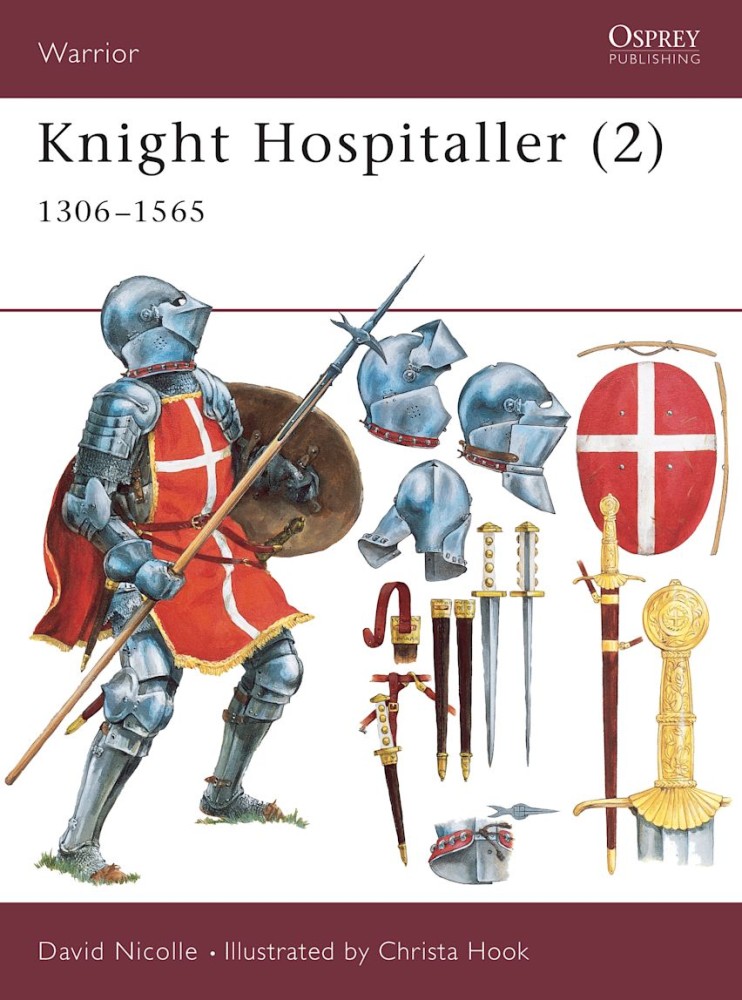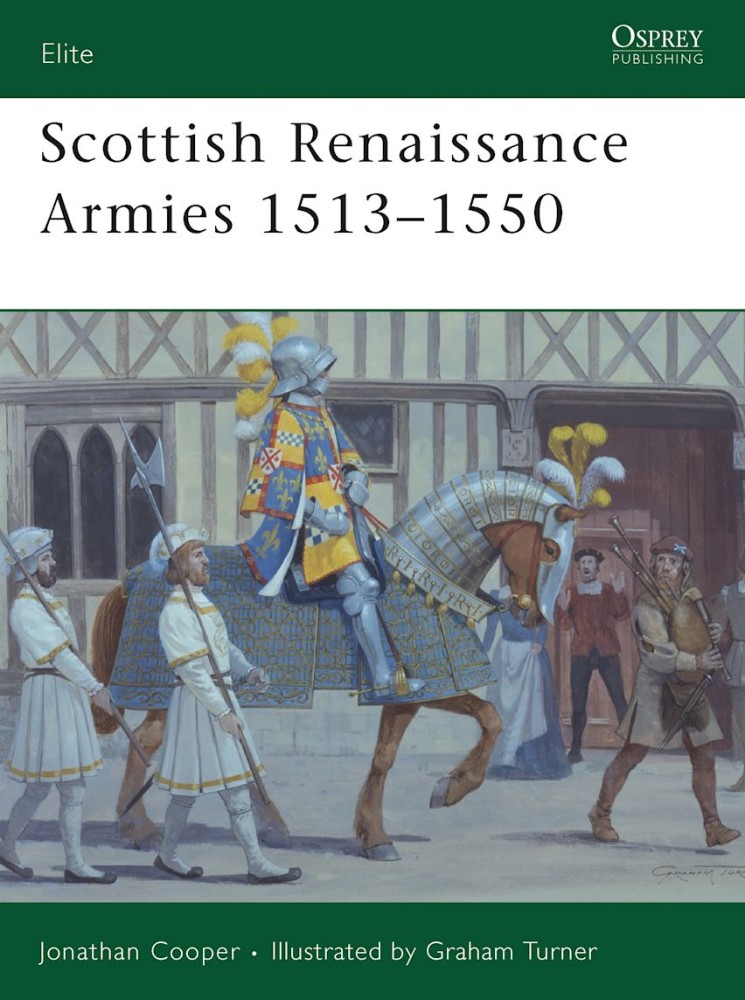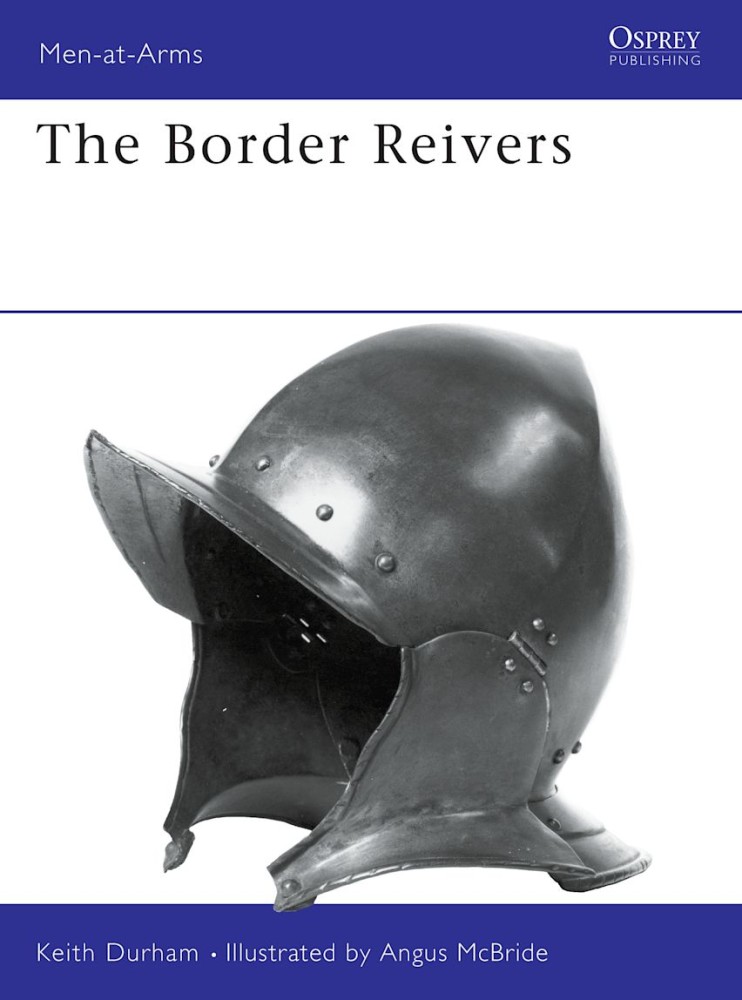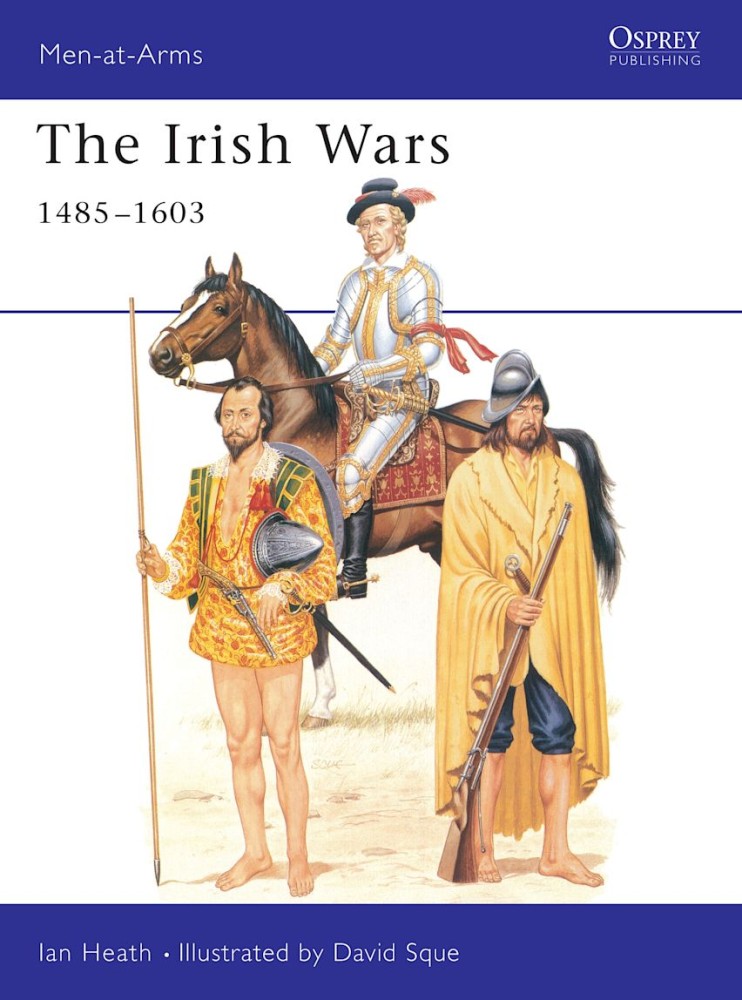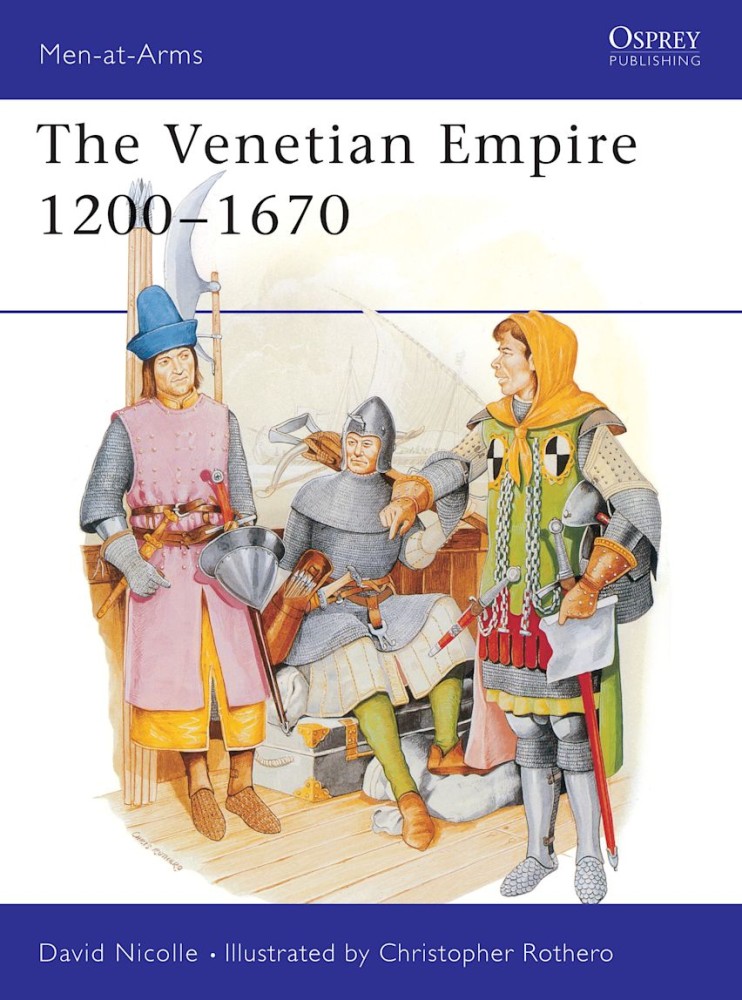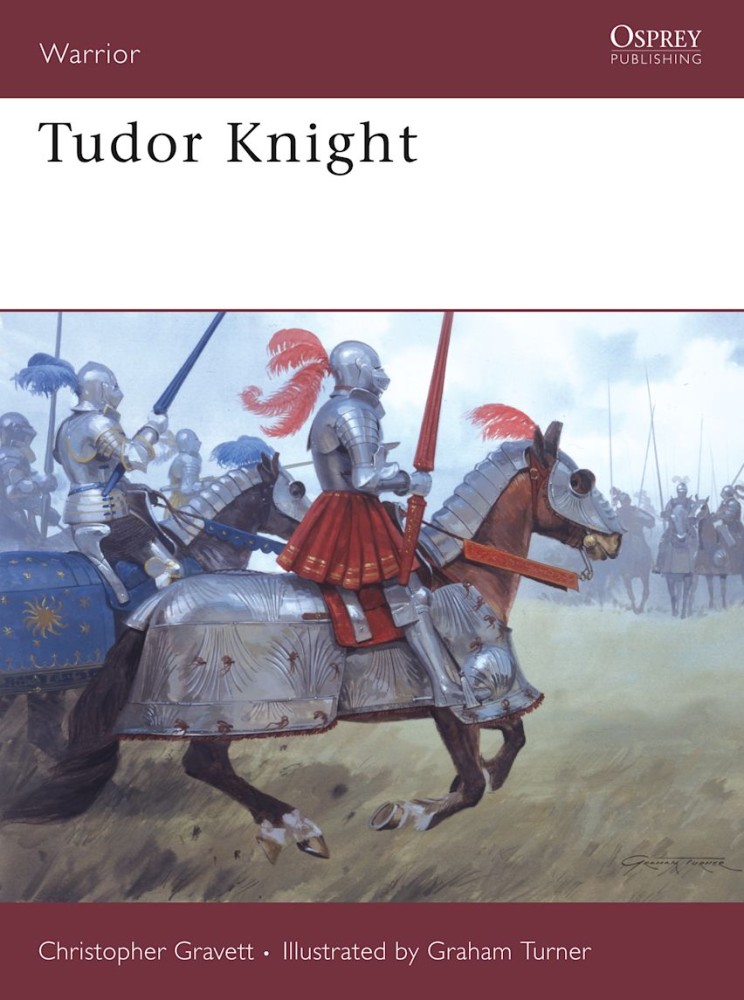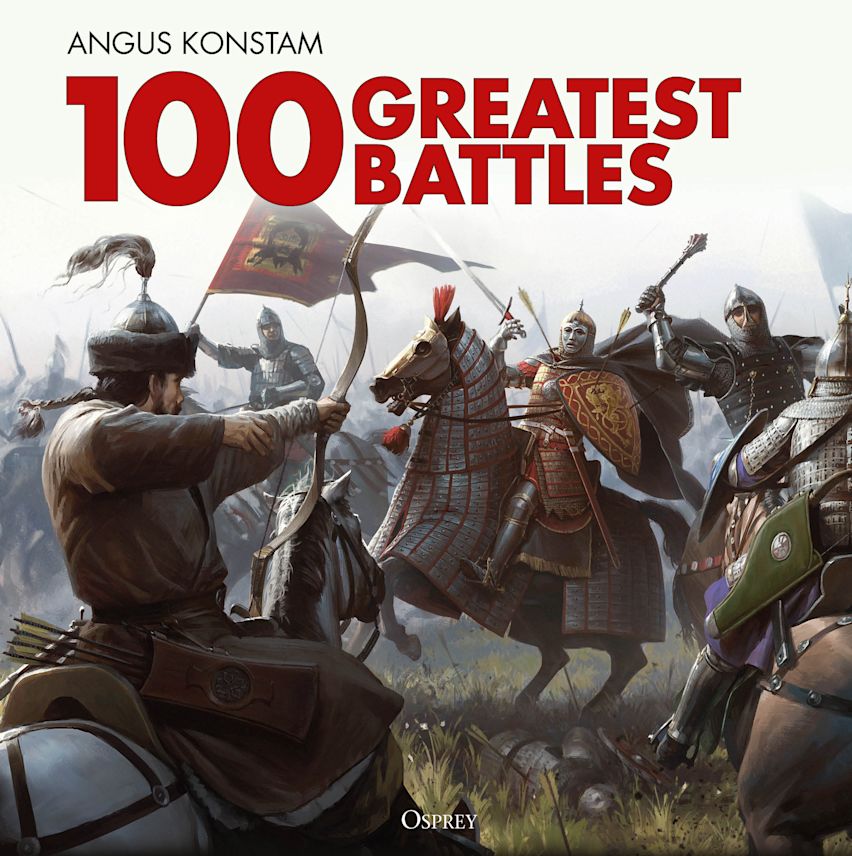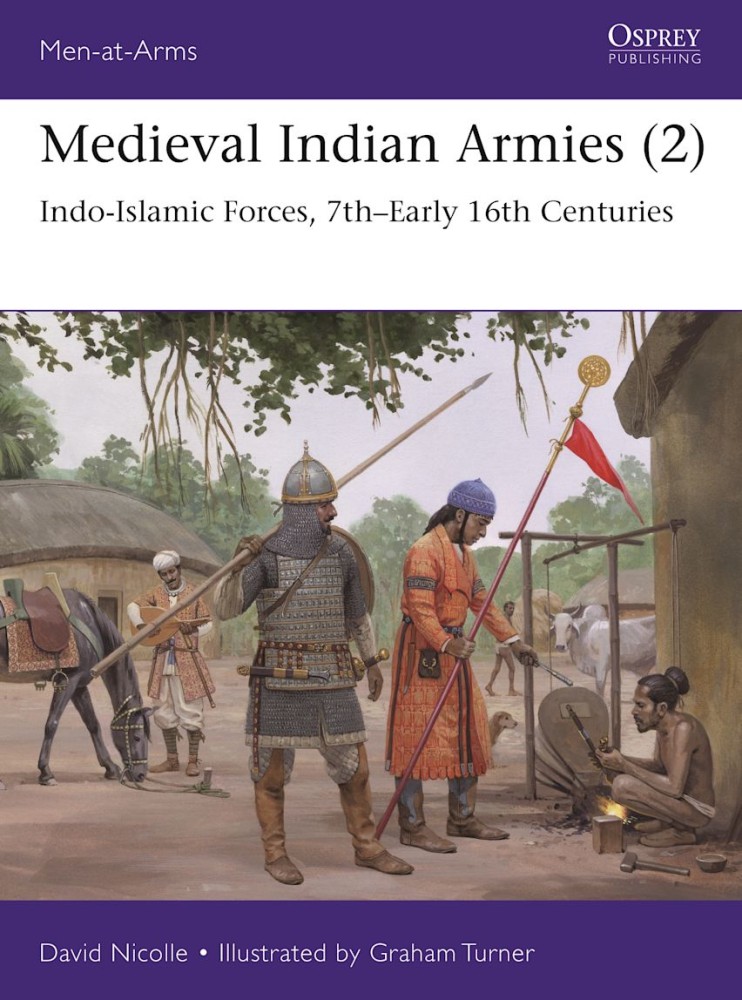Renaissance History 1450-1600
A detailed, illustrated account of one of the most crucial military campaigns of the Renaissance.
Babur, the founder of the Mughul dynasty, was of Turco-Mongol origin he was descended from Timur-i-Lenk [Tamerlane] on his father's side and Genghiz Khan on his mother's. His first raid into India in 1516 was followed by several others, and by the time of his death in 1530 Babur's troops had reached Bengal on the far side of the sub-continent. With eight fine full page colour plates by Angus McBride, and many other illustrations, this text by David Nicolle examines the organisation, tactics and uniforms of Mughul armies from Babur's time onwards.
A highly illustrated study of the battle of Nieuwpoort in 1600, one of the key engagements of the Eighty Years War.
This masterfully illustrated study offers a fascinating insight into the many armies which fought in Italy during this turbulent period, explaining not only their arms and equipment, but also their structure and successes and failures on the battlefield.
For most of the Renaissance period, naval warfare in the Mediterranean was dominated by the war galley, a unique naval vessel for a momentous age. During the struggle for supremacy between Christian and Muslim powers, war galleys formed the backbone of the rival battlefleets. Different regions of the Mediterranean produced their own versions of the war galley, thereby producing a number of variants on the basic design tailored to the needs and resources of particular nations. This book examines the development of the war galley from its classically inspired resurrection in the 15th century until its demise in the early 17th century, providing the first ever in-depth study of this remarkable war machine.
The birth of the Ottoman state is shrouded in legend. Whatever the truth of its origins, the Ottoman's formed an Empire which almost succeeded in bringing Christian Europe to its knees. During the last decades of the 13th century, the ambitious Osman Bey's tiny mountain state took eight frontier castles plus the Turkish town of Eskisehir. In 1299 Osman seized Yenisehir after working up the Kara Su valley. With this as its first real capital, the Ottoman state emerged into history poised above the fertile shores of the Sea of Marmara.
Stretching from the North Sea to the Solway Firth, the Border region has a sharply diverse landscape and was a battleground for over 300 years as the English and Scottish monarchs encouraged their subjects to conduct raids across their respective borders. This Warrior title will detail how this narrow strip of land influenced the Borderer's way of life in times of war. Covering every aspect of militant life, from the choice of weapons and armour to the building of fortified houses, this book gives the readers a chance to understand what it must have been like to live life in a late-medieval war zone.
A richly illustrated, slim volume on one of Scotland's most famous battles, often termed their "greatest defeat".
Military affairs occupied a very significant place during Henry VIII's reign, with English armies seeing action against two main enemies: the French and the Scots, of which France was undoubtedly viewed as the principal foe. Henry nursed grandiose ambitions to be acclaimed as the arbiter of European politics, and whilst intervention in European affairs did not necessarily dictate a policy of hostility towards France; England was invariably to be found in league with her enemies in time of war. This absorbing text by Paul Cornish deals with the history, uniforms and equipment of King Henry VIII's army.
Having campaigned on land during their early existence, the Hospitallers fought mainly at sea from the turn of the 14th century. The emphasis was now on small-scale operations, rather than the crusading invasion that had so often come to grief. Having conquered Rhodes, the Order fortified it and transferred there in 1309. A period of on-off warfare with the Mamluks became full-blown conflict with the Ottomans, who captured Rhodes in 1522, forcing the Hospitallers to transfer to Malta. This book, the second of two, takes a close look at the men who lived and died for the Hospitaller cause in this key period, and the political and economic role that the Order played within the Christian empire.
This book details the armies of what is known as 'the Rough Wooing' the most active period of Scottish warfare, which saw conflicts against both the English Tudor monarchs, and notable internal struggles between the Stuart kings and their unruly lords in the Highlands. Militarily, this covers an important transition period, from medieval to Renaissance armies, the spread of firearms, the involvement of foreign mercenaries, and revolutionary tactics that included early instances of the classic Highland Clan charge. The author analyses these changes and the colourful costumes, armour and heraldry worn, as well as the major battles of the period. Ultimately, this was a time of great success for the Scots. By the fall of Lauder in 1550, the English had lost every fortress north of the border. Scotland's independence was secure and 50 years later King James VI of Scotland became the first Stuart king of England.
From the 13th century until early in the 17th century the Border Marches of England and Scotland were torn by a vicious and almost continuous cycle of raid, reprisal and blood feud. The Border Reiver was a professional cattle thief, a guerilla soldier skilled at raiding, tracking and ambush and a well organised 'gangster'. Including eight superb full page colour plates by Angus McBride, as well as numerous other illustrations, this text by Keith Durham explores the colourful history of these remarkable people.
The Reformation in England further distanced the Irish, as the majority of Irishmen adhered stubbornly to their Catholicism. Eventually, in Elizabeth's reign, both sides resorted to the use of force on a large scale in a series of bloody wars and rebellions that were to culminate in the Earl of Tyrone's 'Great Rebellion' of 1595-1603. This text by Ian Heath looks at the history, organisation and tactics of the armies of the Irish Wars 1485-1603, armies which included such troops as the fearsome Irish Galloglasses, who bore a deadly axe six feet long with a blade one foot broad!
The story of Venice is, to some extent, separate from that of the rest of Europe. The same could be said of the city's military history and organisation. Early in the 9th century the Venetians defeated Pepin the Frank's attempts to overawe them, and they remained, at least in theory, subject to Byzantium. Gradually, however, Venice drifted into independence; and subsequently carved out its own empire at the expense of its former Byzantine masters. The Venetians were soon famous for their roving and warlike spirit, keen business acumen and pride. This book explores the remarkable history of the city and its army from 1200 up until 1670.
The Tudor knight was the first line of defence employed by monarchs from Henry VIII to Elizabeth I, the last of a long tradition of knighthood dating back to the 11th century. Knighthood during the Tudor era saw reforms in recruitment, appearance, and most radically in training and equipment. This book details those changes, profiling the knight's appearance and dress, life on campaign, and experience of battle in France, Scotland and Ireland. It also explores the concept of chivalry, as sensationally enacted by Henry VIII and Francis I of France at the celebrated Field of Cloth of Gold near Calais, in 1520.
A highly illustrated introduction to some of the greatest battles in world history, from the iconic encounters of the Ancient World such as Thermopylae and Cannae, through to the major clashes of the 20th century epitomized by Stalingrad and Khe Sanh.
This concise study by renowned military historian Angus Konstam examines one hundred of the most famous battles from world history. It includes great naval engagements such as Salamis, Trafalgar, Jutland and Midway; pivotal land battles that decided the fate of nations, such as Hastings, Yorktown, Gettysburg and the Somme; and the impact of the new dimension of aerial warfare in the 20th century at Pearl Harbor, in the Battle of Britain and in the skies over Hiroshima.
This highly illustrated book features 100 full-colour battlescene artworks from Osprey's comprehensive archive and is the ideal introduction to the battles that changed the course of history.
This illustrated study investigates the Indo-Islamic fighting men of South Asia from the 7th century AD to the Mughal conquest of the 16th century.
From 1206, much of what is now India as well as parts of Pakistan, Bangladesh and Nepal were ruled by a succession of Islamic dynasties that had their origins in the Ghurid forces that conquered parts of northern India in the 12th century. Although it was never complete, the Islamic domination of this huge region also had a profound impact upon Islamic civilization as a whole, not least in military terms, being felt as far west as Africa. Within South Asia, the war-torn medieval centuries laid the foundations for the subsequent even more brilliant Mughal Empire.
Featuring eight plates of superb artwork alongside carefully chosen photographs and illustrations, this study complements the same author's Medieval Indian Armies (1): Hindu, Buddhist and Jain. It describes and illustrates the Indo-Islamic forces operating in South Asia, from the Umayyad Caliphate's frontier in north-western India and Afghanistan in the late 7th century through to the Delhi Sultanate, the Sultanate of Bengal and the Bahmani Sultanate in the 15th and 16th centuries.
David Nicolle explains how, with respect to arms, armour, fortification and transport both on land and at sea, the widely successful Muslim armies learned a great deal from their more numerous Hindu, Jain and Buddhist opponents. This was especially evident in developments such as the use of war-elephants and the adoption of lighter, often textile-based forms of protection such as 'soft armour' made of cotton. On the other side, there would be widespread adoption of more potent weapons such as the composite bow, and considerably more sophisticated systems of cavalry warfare, among the non-Islamic forces of the Indian sub-continent. Fully illustrated, this absorbing account casts light on many centuries of warfare in South Asia.

